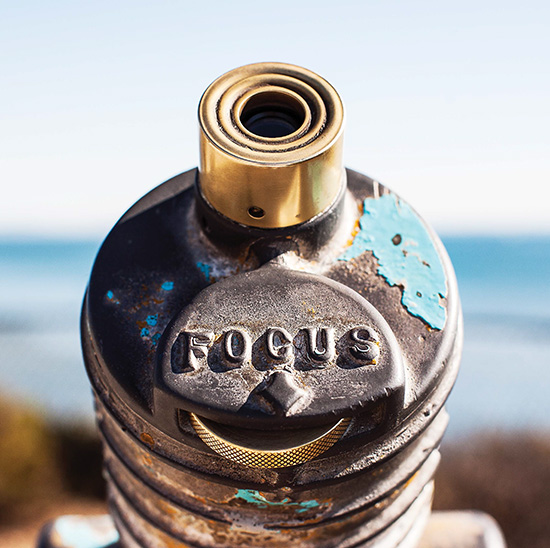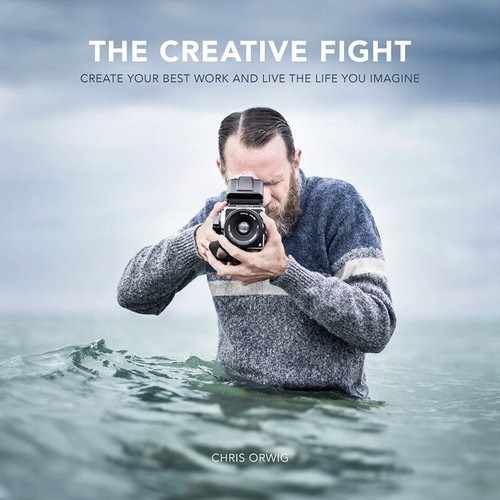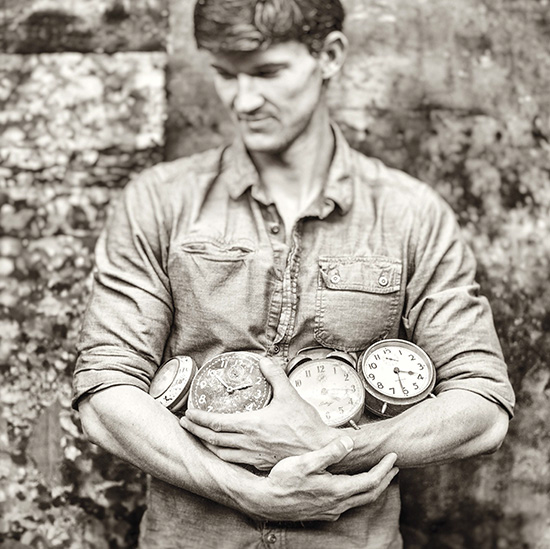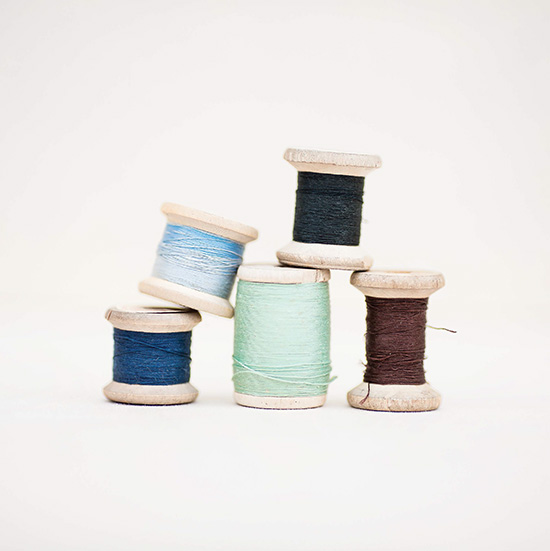Chapter Thirty-Six. Wake Up

It was a bright clear day when I began to fall. Ninety feet was a long way down. Time stood silent and still. Everything was focused and clear. This was the end, my end. Moments before, I couldn’t have been more alive. Without the burden of ropes or harnesses, I felt free. Adrenaline raced through my veins. I was invincible and 18. Then suddenly, I lost my grip. I leaned into the sheer rock wall to slow myself down. I slid and began to fall. Suddenly, my wrist burned with pain as my climbing partner grabbed hold. In one motion he swung me to safety on his other side. Death wouldn’t win this time. Life rushed through every atom of my being. To breathe was divine. I had never felt more alive. I was reborn. We stood quietly on that rock wall. Everything was still. Deep in my soul, I vowed to never again squander my time.
Sunsets and Comfortable Chairs
Near-death experiences are a wakeup call you can’t ignore, like an earthquake, fire alarm, and flashing red light all rolled into one. They awaken deep and primal senses and make you realize that life is real. So far I’ve had two such calls, and I don’t want a third. Who would? We all prefer to be woken up in more gentle ways, like seeing a beautiful sunset, walking through an ancient forest, or looking at an old photograph album from when you were a kid. Sunsets, forests, and photographs do awaken us, but they don’t have the same amount of activation energy as death. Death gets us out of our comfortable chairs. And sunsets are predictable, whereas death always uses the element of surprise.
Death loves to catch us unaware. This first happened to me when my pet rabbit, named Strawberry, died. Next, without warning, my cousin Matt, whom I looked up to so much, was killed. The surprise of death just didn’t make sense. I couldn’t comprehend the finality. It didn’t seem real. Yet its message was clear: life is short, too short. This I could comprehend, even though I was young.
Limitation and Loss
Later in life I was in an accident that was a wakeup call of a different kind. The accident led to limited mobility and nagging chronic pain. The pain was persistent and wore me thin. Plus, I was no longer able to do so many things that I loved: run, bike, hike, surf, or walk. With any kind of chronic situation it’s easy to get caught in a downward spiral, and this spiral had me spinning. It was a bleak and dark period of my life. As I wrestled with the loss of mobility and the fatigue from the constant ache, I discovered an unexpected gift. The pain, as horrible as it was, awakened my soul. It slowed me down, and I noticed things I hadn’t seen before. I became more sensitive and gained empathy for the suffering of others, which I had previously ignored. In so many ways, the pain opened my eyes to truths that I would have otherwise overlooked.
While in graduate school, years after the incident, my health got worse. So I threw myself into my studies to distract myself from the pain. It was comforting to spend time with books. I was getting by, but at the same time I was stuck. That was until my academic advisor informed me that I needed to do some practicum volunteer work. I was assigned to work in a hospital and was given the cancer floor. And so I spent my days, weeks, and months visiting people who were facing the most difficult challenges of their lives. In doing this, I was changed.
My job throughout was to visit and offer kindness and a listening ear. Because I was a neutral (non-family, non-friend) party, many of the patients opened up and many talked without constraint. I was honored and deeply moved. Without knowing it, these patients shared wisdom I had never heard. And their struggles with life and pain helped me understand my own.
When you spend time with someone who is dying, you cannot help but learn about life. Those patients became my teachers in the art of life, or the art in learning how to live even when all is bleak. And they gave me some of the most important lectures of all time. Their wisdom changed the course of my life, and they helped me thrive in new ways. They gave me the courage to fight to live the life for which I was designed. They gave me focus and drive. And in many ways, they taught me the core skills I use in my life and career every day. It was like a boot camp for getting on with living in a meaningful way. And they taught me that life is too short and that it will slip away unless you take the time to hold it tight and cherish it in your arms.
Stitch By Stitch
To this day, I pursue my craft (be it parenting, photography, or teaching) with those patients in mind. I often think about how many of them fought hard but didn’t win. Their loss of life runs through me and all of my work. “Everything I do is stitched with its color,” as the American poet W. S. Merwin once said. Sometimes the thread is red and urgent, or peaceful and green, or maybe even blue like the wide-open sky.
We all want life to go on forever. But the amount of time we have is out of our control. We can either ignore or embrace this idea. Ignoring it makes life cheap. Embracing it sweetens the deal. As Emily Dickinson said, “That it will never come again is what makes life so sweet.” This life is your one and only chance. You will never have more time than you have now. Make the most of what you have by first accepting that it will end.
EXERCISE
STEP 1
When we encounter death, it poses a question: how will we now live? Take a few moments to sit in silence and ponder your response. Let the idea of death be a muse that clarifies who you are and what you want to do. Let death add delight to the life that you have.
STEP 2
Take a few moments to remember somebody you know who has passed away. Close your eyes, take a deep breath, and remember the way they smiled, the way they walked. And then commit to honoring their life by living yours in a more complete and honest way.


